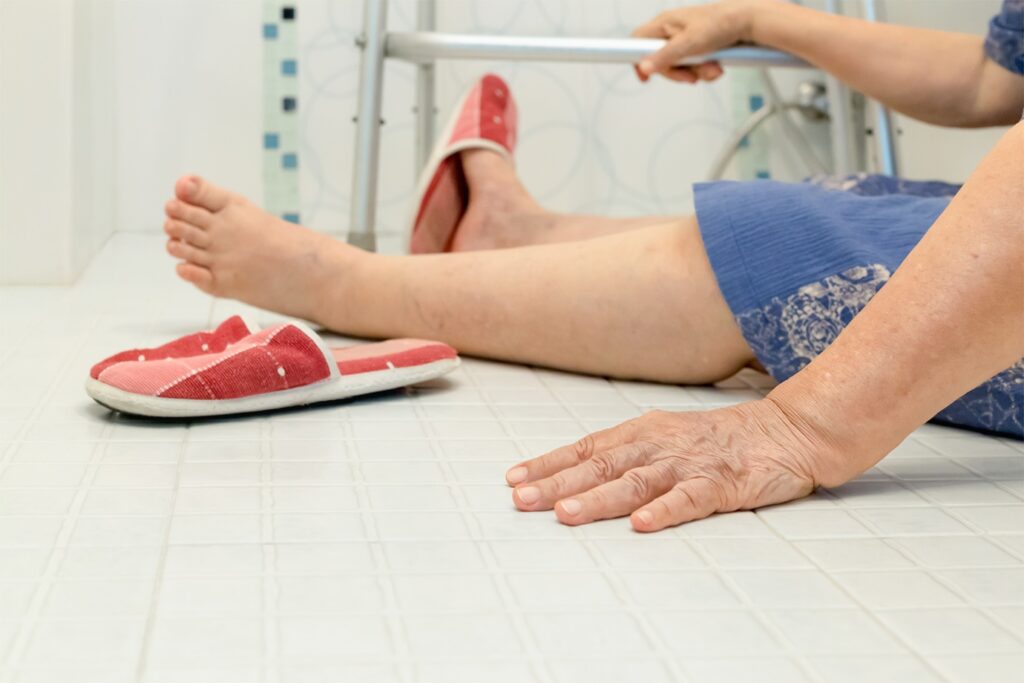Unintentional falls remains the leading cause of injury hospitalisation and death for women since 2017-18, according to a new report.
Released by the Australian Institute of Health and Welfare, the report, Injury among women 2022-23, explores the main causes of injury resulting in hospitalisation and death, as well as trends over time.
The research identified there are distinct patterns of injury due to various physiological, social and environmental factors such as family and domestic violence, sexual violence, pregnancy, ageing and mental health challenges.
Around 57 per cent of hospitalisations for women and 58 per cent of female deaths in 2022-23 were from unintentional falls.
“Every year, thousands of women present to an emergency department or are hospitalised due to injury,” said AIHW spokesperson Jacqueline Rek.
“Women contributed to 40 per cent of all injury hospitalisations in 2022–23.”
Overall, injury was responsible for around 217,000 hospitalisations, 6,000 deaths and 537,000 emergency department presentations among women in 2022–23.
Since 2017–18, after adjusting for age differences, hospitalisation rates have decreased from 1,900 to 1,850 per 100,000 population, while death rates have increased from 41.5 to 43.1 per 100,000 population.
The impact of age
The research found a woman’s age impacts whether they’re more likely to be hospitalised or present to the Emergency Department for different injury types.
Women aged 65 and over accounted for 73 per cent of all fall injury hospitalisations and almost all fall-related deaths (97 per cent) among women in 2022-23. The rate of death from falls was 66.5 times higher in women aged 65 and over than for women aged 40–64.
Meanwhile, women aged 19 to 24 years were more likely to present to the Emergency Department for injuries.
Fractures accounted for most of the injury hospitalisation across all age groups and was the leading type of injury for emergency department presentations among women.
Self-harm and assault
Among First Nations women in 2022-23, assault was the leading cause of injury hospitalisation. First Nations women also disproportionately contributed to almost half (48 per cent) of all assault injury hospitalisations for women.
In 2022-23, rates of intentional self-harm hospitalisations were the lowest of the last decade. However, the number of assault injury hospitalisations remained similar over a 5 year period.
When it comes to homicide deaths among women, this number has increased from 48 to 63 over the five year period between 2017-18 and 2022-23.
The highest rate of injury assault was among women aged 25-39.
Women aged 65 and over had the highest rate of homicide, despite having the lowest rate of assault injury hospitalisation.
When it comes to location, no matter a woman’s age, women living in very remote areas were shown to be 43 times more likely to be hospitalised due to assault than women living in major cities.
“The monitoring work we undertake helps identify these patterns of injury to improve awareness and inform prevention measures,” Rek said about the AIHW’s research.


